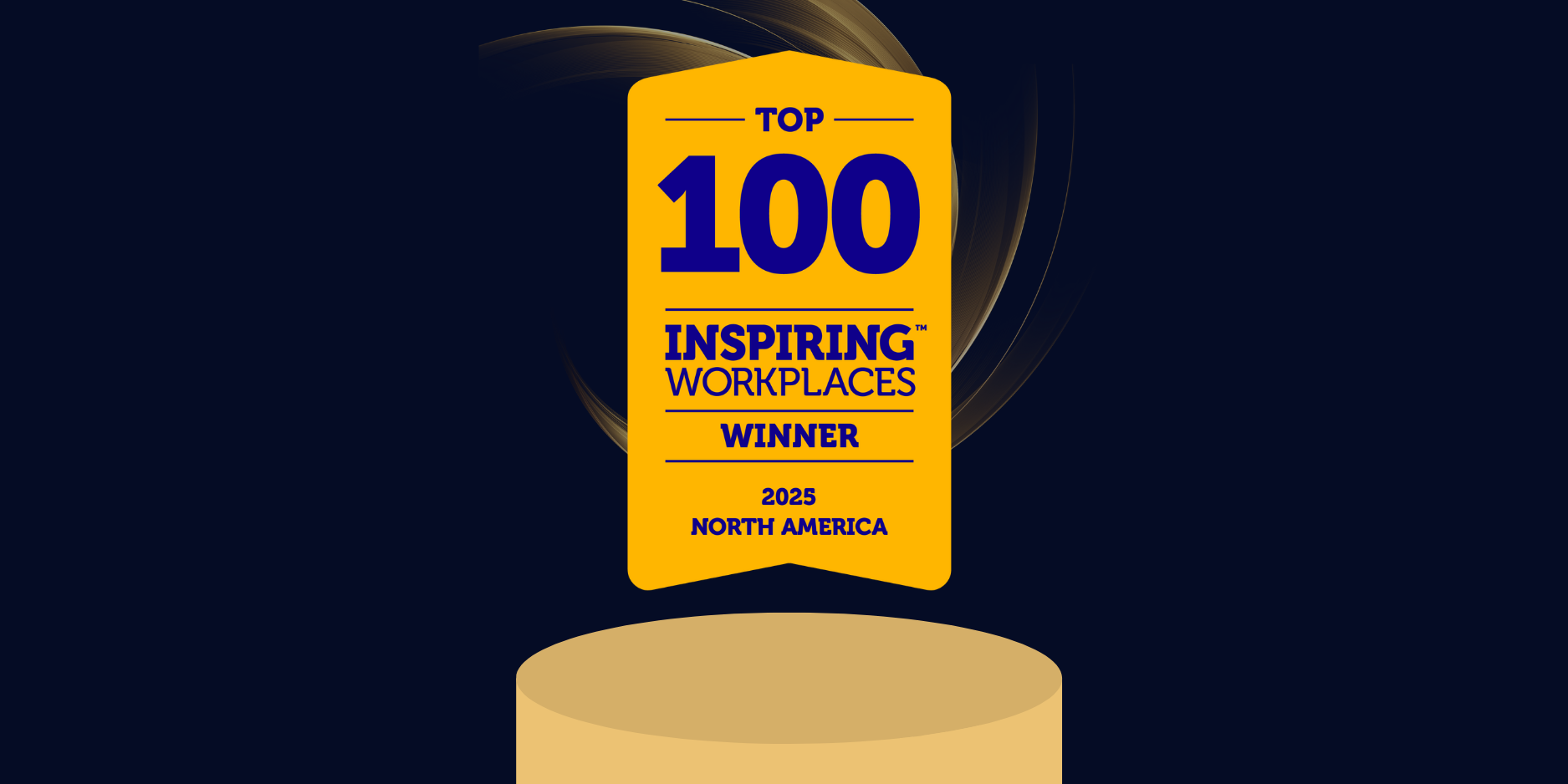Over the last few months Lexum has been contacting labour unions and professional associations, discussing how its Qweri solution for text-heavy documents can improve the handling of their collective bargaining agreements (CBA). Labour union staff includes many power-users of legal information websites operated by Lexum, such as CanLII, but only recently did Lexum launch an IT product specifically intended for them.

We found out that if information technologies have penetrated almost all areas of our lives, collective bargaining is still, for the most part, undertaken the old fashioned way. Over the active period of an agreement, most business representatives rely on their memory and sometimes write down their own manuscript notes to keep track of experiences, issues and ideas for improvement. These ideas are eventually passed to negotiators during brainstorming sessions over which only a fraction of the relevant information can be addressed. Finally, once a new agreement enters into force, it is often circulated in paper format or as a scanned PDF version, limiting once more the capacity of the organization to develop knowledge on top of it. All those involved understand the potential of technology to improve this process, still many unions have yet to take active steps in this direction.
If your labour union manages its CBAs in this way, it should consider the adoption of an e-CBA solution designed specifically for the management and publishing of annotated collective bargaining agreements. The main functions of such a platform are converting your agreements into web formats, providing powerful search among them, and facilitating collaboration. The resulting benefits can be noticed in all aspects of the union’s activities.
Generate Business Intelligence at a Fraction of the Cost
Large unions often deal with tens, if not hundreds of collective bargaining agreements, past and present. Having the capacity to easily run comparative full-text search among them enables senior executives to effectively assess and tackle global issues. For instance, comparing seniority clauses negotiated within an industry may reveal areas for improvement in another one. It may prompt investments in research and analysis, the setup of educational programs or a simple change of policy.
Putting the appropriate information at the finger tips of the union executives also contributes to reduce the need for unnecessary meetings and information requests. Waiting for answers from “the person who knows” has a systemic cost that should not be underestimated.
The same can be written about archival of past versions of CBAs. Having the capacity to quickly run a query among them can be extremely valuable when a grievance is filed years after the agreement has expired. And the cost of storing hard copies of versions can sometimes in itself outweigh the cost of a state-of-the-art e-CBA solution.
Be Better Prepared for the Next Negotiation
Renewing a collective bargaining agreement requires a lot of input from those who supervised, year in and year out, the application of its previous version. Instead of relying on memory or the perseverance of individual business representative note keeping, labour unions should strive to provide them with knowledge management tools that first make their day-to-day work easier, and second enable their cumulative knowledge to be reused.
For instance the capacity to attach digital notes to specific sections of an e-CBA can assist a business representative in remembering how the concept of “assignment” was interpreted differently by two distinct arbitrators. It may help him considerably if he has to face a third grievance requiring to interpret the same concept several years later. But even if a third case never happens, this knowledge should be taken into account when negotiating the next version of the agreement. A collaboration feature for sharing selected notes with the negotiating team makes this a snap. Moreover if this question is raised by the employer during negotiations, it can be properly addressed in real time.
An added benefit of storing business representative notes in an electronic repository is that knowledge does not get lost over time. Notes from business representatives who left on retirement a few years ago remain available for the upcoming negotiation. Knowledge generated over past agreements can even be carried over to the current version when relevant.
Also, on a practical note; mobile friendly e-CBAs can be accessed from any device at any time. Gone are the days where business representatives had to remember to e-mail themselves a copy of an agreement in PDF in preparation to a meeting.
Promote Member’s Involvement
Providing members with access to an interactive version of their collective bargaining agreement is also a very effective way of educating them about the work done by their union on their behalf. Members do expects to quickly locate the “uniform and equipment” section when searching their agreement with the keyword “uniform”. But once they reach that stage, why not provide them with added value information about recent discussions with the employer that further specified the appropriate context to wear different uniforms? Why not share notes with them explaining why a clause is drafted as it is? Why not offer them the possibility to post notes and questions by themselves in a secure environment, straight from the body of their own agreement?
In addition to websites, blogs and tweets; implementing an e-CBA is a practical and innovative way for unions to complement their communication strategy within the one fundamental document that directly impacts the members on a daily basis.
By setting up collaborative environments around the documents which are at the core of their area of expertise, unions have the opportunity to provide meaningful tools to their members. The outcome in term of member involvement can only be positive.








